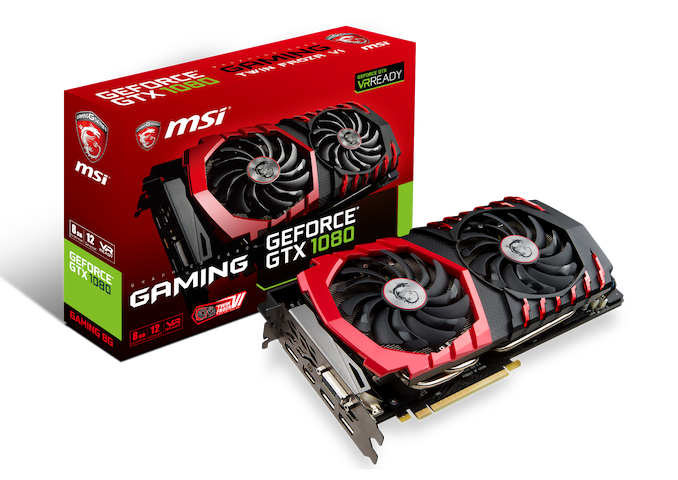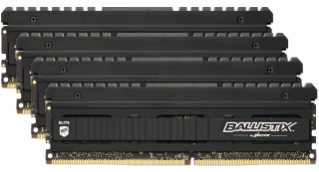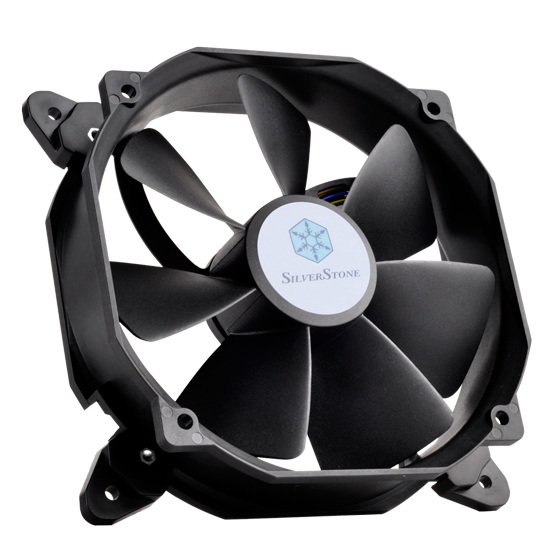The Biostar Racing Z490GTN Review: $200 for Comet Lake mini-ITX
by Dr. Ian Cutress & Gavin Bonshor on June 5, 2020 10:00 AM EST- Posted in
- Motherboards
- Intel
- Biostar
- Z490
- 10th Gen Core
- Comet Lake
- Z490GTN
Board Features
The Biostar Racing Z490GTN is a mini-ITX model designed to offer users an entry point to Z490 on a small form factor. Firmly set as one of the most budget models overall for Z490, the Z490GTN has a single PCIe 3.0 x4 M.2 slot with support for both NVMe and SATA drives, as well as four SATA ports with support for RAID 0, 1, 5, and 10. Due to the small size of the mini-ITX form factor, there is a single full-length PCIe 3.0 x16 slot, with just two memory slots with support for up to DDR4-4400 with a maximum capacity of up to 64 GB.
| Biostar Racing Z490GTN ITX Motherboard | |||
| Warranty Period | 3 Years | ||
| Product Page | Link | ||
| Price | $200 | ||
| Size | ITX | ||
| CPU Interface | LGA1200 | ||
| Chipset | Intel Z490 | ||
| Memory Slots (DDR4) | Two DDR4 Supporting 64 GB Dual-Channel Up to DDR4-4400 |
||
| Video Outputs | 1 x HDMI 1 x D-Sub |
||
| Network Connectivity | Intel I129-V GbE | ||
| Onboard Audio | Realtek ALC892 | ||
| PCIe Slots for Graphics (from CPU) | 1 x PCIe 3.0 x16 | ||
| PCIe Slots for Other (from PCH) | N/A | ||
| Onboard SATA | Four, RAID 0/1/5/10 (Z490) | ||
| Onboard M.2 | 1 x PCIe 3.0 x4/SATA | ||
| USB 3.1 (20 Gbps) | N/A | ||
| USB 3.1 (10 Gbps) | N/A | ||
| USB 3.0 (5 Gbps) | 4 x USB Type-A (Rear panel) 2 x USB Type-A (One header) |
||
| USB 2.0 | 2 x USB Type-A (Rear panel) 2 x USB Type-A (One header) |
||
| Power Connectors | 1 x 24-pin Motherboard 1 x 8-pin CPU |
||
| Fan Headers | 1 x 4-pin CPU 1 x 4-pin Water pump 1 x 4-pin Chassis |
||
| IO Panel | 1 x PS/2 Mouse/Keyboard 1 x HDMI output 1 x D-Sub output 4 x USB 3.2 G1 Type-A 2 x USB 2.0 Type-A 1 x RJ45 (Intel) 3 x 3.5 mm audio jacks (Realtek) |
||
There's a Realtek ALC892 HD audio codec with three 3.5 mm audio jacks on the rear panel, with a front panel audio header also present. For networking, there is a solitary Intel I219-V Gigabit Ethernet controller, with space for users to install their own wireless interface, with a Key-E M.2 slot and holes on the rear IO shield. The Biostar Racing Z490GTN doesn't set the world alight in terms of USB support, with no USB 3.2 Gen2 support whatsoever. The board does have four USB 3.2 Gen1 Type-A and two USB 2.0 ports on the rear panel, with a single USB 3.2 G1 Type-A header offering two ports, and a single USB 2.0 ports which also offers two ports. Also on the rear panel is an HDMI and D-Sub pair of video outputs, as well as a PS/2 keyboard and mouse combo port.
Test Bed
As per our testing policy, we take a high-end CPU suitable for the motherboard that was released during the socket’s initial launch and equip the system with a suitable amount of memory running at the processor maximum supported frequency. This is also typically run at JEDEC subtimings where possible. It is noted that some users are not keen on this policy, stating that sometimes the maximum supported frequency is quite low, or faster memory is available at a similar price, or that the JEDEC speeds can be prohibitive for performance. While these comments make sense, ultimately very few users apply memory profiles (either XMP or other) as they require interaction with the BIOS, and most users will fall back on JEDEC supported speeds - this includes home users as well as industry who might want to shave off a cent or two from the cost or stay within the margins set by the manufacturer. Where possible, we will extend out testing to include faster memory modules either at the same time as the review or a later date.
| Test Setup | |||
| Processor | Intel Core i7-10700K, 125 W, $374 8 Cores, 16 Threads 3.8 GHz (5.1 GHz Turbo) |
||
| Motherboard | Biostar Racing Z490GTN (BIOS Z49AI522) | ||
| Cooling | NZXT Kraken Z63 280 mm AIO | ||
| Power Supply | Corsair HX850 850 W 80 PLUS Platinum | ||
| Memory | G.Skill TridentZ DDR4-2933 CL 14-14-14-34 2T (2 x 8 GB) | ||
| Video Card | MSI GTX 1080 (1178/1279 Boost) | ||
| Hard Drive | Crucial MX300 1TB | ||
| Case | Corsair Crystal 680X | ||
| Operating System | Windows 10 1909 inc. Spectre/Meltdown Patches | ||
Readers of our motherboard review section will have noted the trend in modern motherboards to implement a form of MultiCore Enhancement / Acceleration / Turbo (read our report here) on their motherboards. This does several things, including better benchmark results at stock settings (not entirely needed if overclocking is an end-user goal) at the expense of heat and temperature. It also gives, in essence, an automatic overclock which may be against what the user wants. Our testing methodology is ‘out-of-the-box’, with the latest public BIOS installed and XMP enabled, and thus subject to the whims of this feature. It is ultimately up to the motherboard manufacturer to take this risk – and manufacturers taking risks in the setup is something they do on every product (think C-state settings, USB priority, DPC Latency / monitoring priority, overriding memory sub-timings at JEDEC). Processor speed change is part of that risk, and ultimately if no overclocking is planned, some motherboards will affect how fast that shiny new processor goes and can be an important factor in the system build.


















40 Comments
View All Comments
YB1064 - Friday, June 5, 2020 - link
$200 for this board is ridiculous.boredsysadmin - Friday, June 5, 2020 - link
100%. Since when $200 is a "budget" price point for a motherboard????shabby - Friday, June 5, 2020 - link
The itx crowd will pay don't worry.HardwareDufus - Friday, June 5, 2020 - link
no we won't pay for it.1 m.2 port, no wifi, no dp, no optical audio... sorry... expensive and incomplete.
shabby - Friday, June 5, 2020 - link
Oh you'll pay and you'll like it! 😂Samus - Saturday, June 6, 2020 - link
It isn't terrible for $200 but the little things like skimping on the audio codec (that couldn't have saved more than a dollar or two, right?) really sour an ITX board when you consider there is no way to upgrade it outside of a USB DAC (which is fine for most applications, but another expense.)I purchased an Asrock Z97 ITX board a few years ago for $115 bucks at Microcenter. This is the modern day equivalent for almost double the price. To add insult to injury, the Asrock board DID have an ALC1150 codec AND 802.11ac included.
Why are motherboards getting so expensive when the chipsets and component costs are becoming simpler and less expensive?
Ej24 - Sunday, June 7, 2020 - link
Was going to say the same thing. I have 3 Z97 itx motherboards. All purchased brand new for $120. What is going on? Inflation hasn't been THAT crazy to nearly double costs. Tariffs perhaps?Samus - Monday, June 8, 2020 - link
It could actually be tariffs...this is a new trend that started after the 100 series chipsets. Even AMD boards cost a small fortune now, even more ridiculous since the chipset is almost entirely in the CPU. The board is little more than voltage regulation, tracing and connectors...alicebcao75 - Monday, June 8, 2020 - link
Make 6150 bucks every month… Start doing online computer-based work through our website. I have been working from home for 4 years now and I love it. I don’t have a boss standing over my shoulder and I make my own hours. The tips below are very informative and anyone currently working from home or planning to in the future could use this website. WWW. iⅭash68.ⅭOⅯFamous12 - Monday, September 21, 2020 - link
https://customerfeedback.onl/Share your visit experience at www.Shoecarnival.com/Feedback & grab the Chance to Win a $200 Shoe Carnival Gift Card by entering into Shoe Carnival Sweepstake.